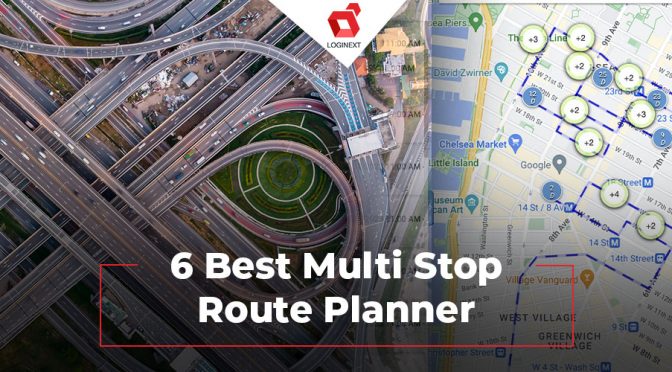
Choosing the right multi stop route planner can optimize your deliveries, save fuel, and improve customer satisfaction. In this blog, we explore six of the best software options, highlighting features and benefits.
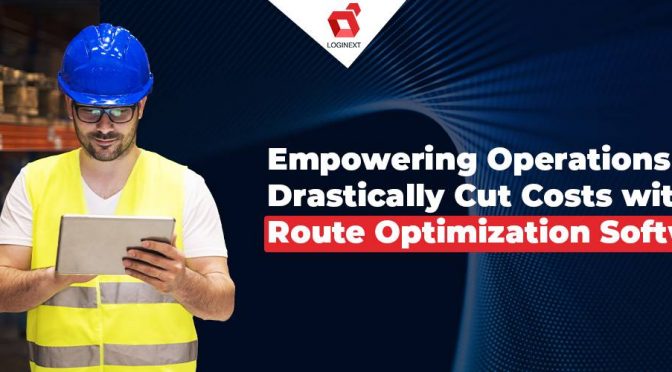
This article outlines the various ways that delivery route optimization software can help your organization cut down on costs. By utilizing the software’s features, you can optimize the number of deliveries that your logistics operation completes in a given time frame, minimizing travel time and increasing productivity.
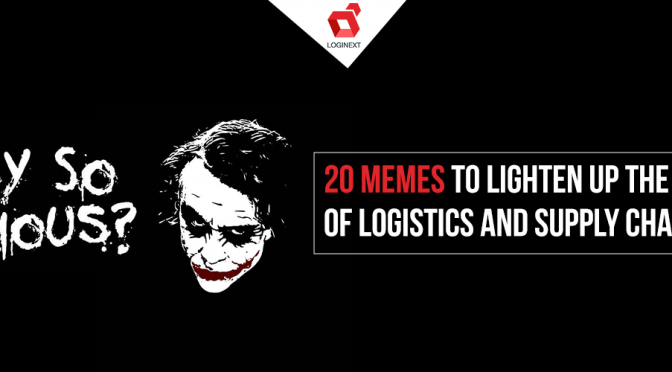
20 memes to lighten up the world of logistics and supply chain! Memes are the latest rage that is all over the internet and we have tried to leverage them based on the latest trends in the logistics industry. While the logistics and supply chain industry is always under stress to meet its customer’s demands, […]
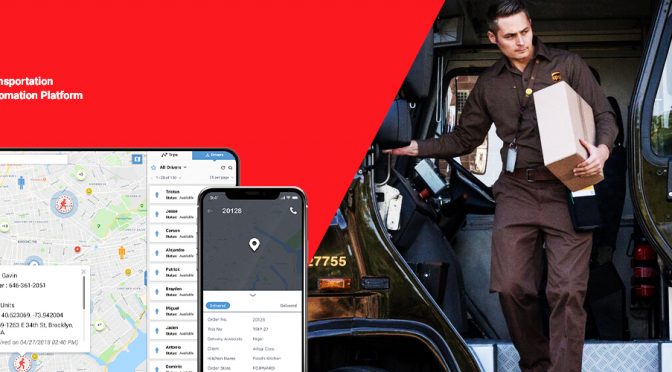
United Parcel Service (UPS) is a leading courier service with one of the best logistics frameworks that helps them successfully deliver more than 20 million packages each day. For increased control and data analytics, the company has incorporated high-performance technology to streamline its package, tracking and delivery system. Here are some tips from the experts.
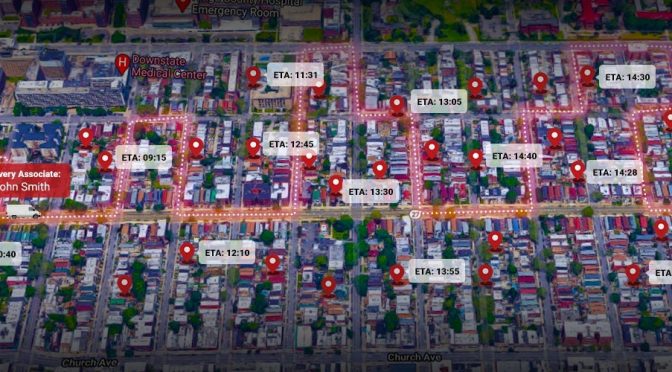
Route planning for a handful of drivers with a single digit number of stops can be done by solutions like Google Maps but the going gets complicated when you have more drivers or vehicles and stops above 50. Optimising route planning for stops above 10 also gets complicated just because of the number of variables involved. What’s the answer to this?
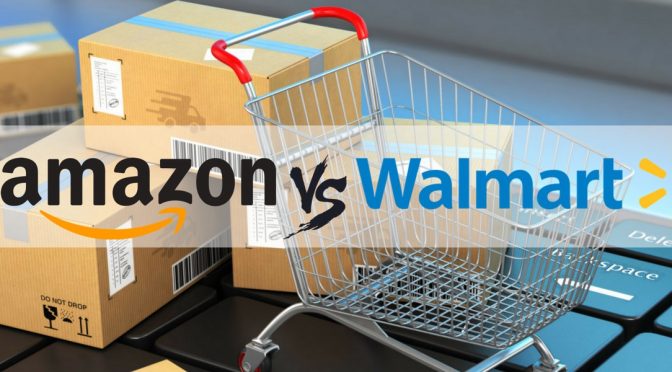
We have seen the Walmart acquiring Jet, Bonobos, Modcloth, and Shoebuy while planning to set up around 1000 pickup locations for online grocery shoppers. Racing Walmart to the front is Amazon with its grand acquisition of Wholefoods to enable faster deliveries with multiple pickup options.
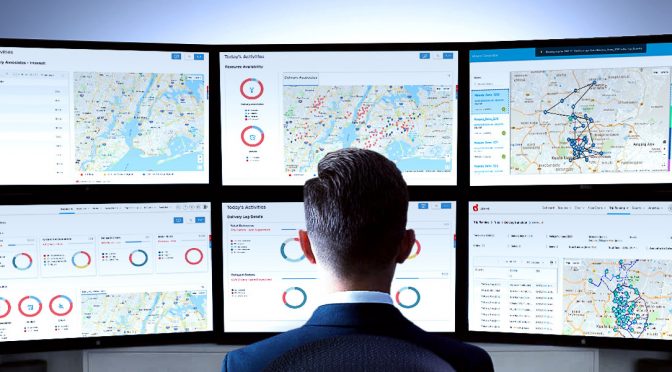
Technology has enabled us to record, plan, allocate, dispatch, track, validate, and analyze all freight movement from a single dashboard with clear and real-time actionable insights in an easy-to-understand format. This leads to an agile, reactive, and dynamic setup for a company’s transportation management system.
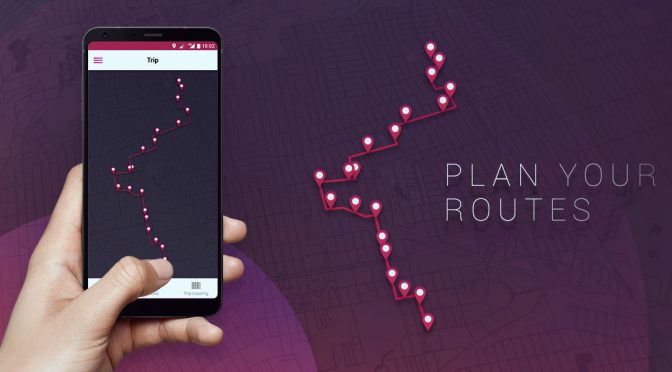
Optimization is doing more with less while sustaining (or bettering) the efficiency of operations. With multiple orders and shipments constantly moving with an excess of customer requests and demand, fulfilling on-time deliveries consistently not only saves costs but also increases the overall brand value for the company.

Consider the transportation industry. Transportation is no longer a support function, it is a necessity. The past year saw the highest amount of vehicle sales in most developed nations. The United States had more than 17.5 million car sales in 2016. Consumer movement is catching up with logistics transportation in some places and outperforming them in other places.

Cue in the Justice League (2017). Even though Batman vs Superman left our mouths wide open; sometimes in awe and sometimes in surprise/confusion. Justice League promises to be bigger and better, as it now has ‘The Flash’. LogiNext has enhanced and boosted many such leagues in integrated ERPs around the world.

